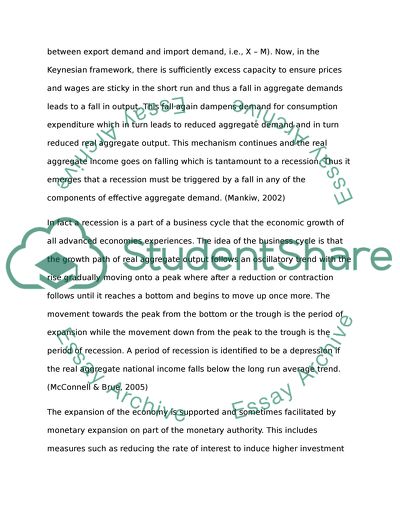Cite this document
(Causes of the Global Recession Assignment Example | Topics and Well Written Essays - 1500 words, n.d.)
Causes of the Global Recession Assignment Example | Topics and Well Written Essays - 1500 words. Retrieved from https://studentshare.org/macro-microeconomics/1513998-global-recession
Causes of the Global Recession Assignment Example | Topics and Well Written Essays - 1500 words. Retrieved from https://studentshare.org/macro-microeconomics/1513998-global-recession
(Causes of the Global Recession Assignment Example | Topics and Well Written Essays - 1500 Words)
Causes of the Global Recession Assignment Example | Topics and Well Written Essays - 1500 Words. https://studentshare.org/macro-microeconomics/1513998-global-recession.
Causes of the Global Recession Assignment Example | Topics and Well Written Essays - 1500 Words. https://studentshare.org/macro-microeconomics/1513998-global-recession.
“Causes of the Global Recession Assignment Example | Topics and Well Written Essays - 1500 Words”, n.d. https://studentshare.org/macro-microeconomics/1513998-global-recession.


